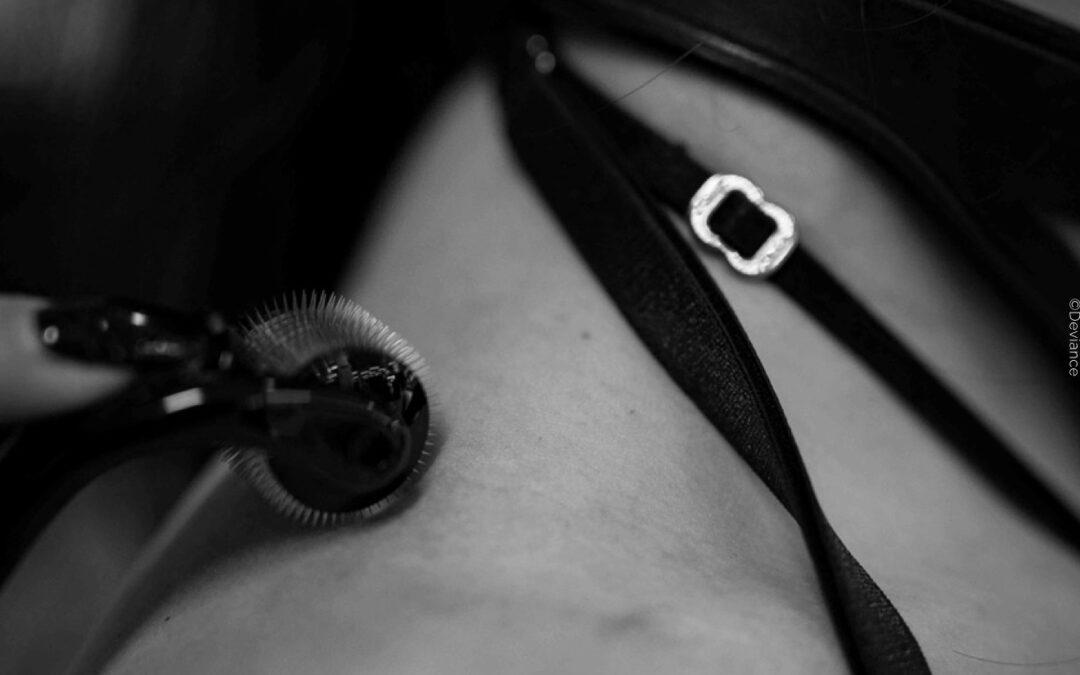CATEGORY: OTHER
What does it mean to be a Fetishist?
A Fetishist is a person who has one or more fetishes. A fetish is a form of sexuality in which a mostly inanimate object triggers arousal and satisfaction. This can relate to a single object, several objects, different materials, specific behavior or even body parts. For example, diapers, latex or feet serve as a fetish for some Fetishists.
However, a personal fetish is very individual, both in terms of its form and design. Sometimes the object of desire has to be worn by the person themselves, sometimes it has to be on another person. Either the Fetishist likes to do something with a body part, or he/she likes it when something is done with the body part. So it’s mainly about an object or material, less about a partner and their role.
Origin and meaning of the word fetish
Fetish is derived from the Latin term “facticius”, which roughly means “artificial”. In French, there is the word “fétiche”, which can be translated as “magic (means)”. This translation fits perfectly. For Fetishists, it is exciting to observe how sexual arousal builds up through a visual stimulus or the feel of an object.
There are also various therapeutic and colloquial uses of the term. Some of these differ greatly from one another. Colloquially, the term fetish is also often used when a kink is actually meant. The relevant difference, if you want to pay attention to the correct language, is that a kink is a preference. In other words, you like it when something is used. With a pronounced fetish, however, the pleasure object is absolutely necessary in order to be aroused at all.
In the context of sexual medicine diagnostics or psychoanalysis, sexual fetishism is considered to require treatment only if the fetish serves as a complete substitute for partner-oriented sexuality. To be classified as a disorder, the person must experience significant distress. In such cases, medical professionals refer to it as a “personality and behavioral disorder of sexual preference” (ICD F65.0). Increasing societal acceptance of non-normative sexual variations means that affected individuals rarely need treatment. Consequently, therapeutic help is seldom necessary.
Why does a fetish develop?
There are various theories about the causes of fetishes. In the case of the foot fetish, for example, there is the theory that there is a skip between neighboring areas in the brain. Whether sexual fetishism is a preference that can be equated with other preferences or a fundamental disorder of sexual behavior that requires treatment is a subject of constant debate. None of the speculations have yet been proven.
The whole subject becomes fascinating with personal accounts from fetishists. You can find the perspective of Frau Tagtraum, a self-proclaimed Latex Fetishist, here. An interview with diaper fetishists can be found here.
How do I know if I’m a Fetishist?
It’s the attention to detail that drives you wild. For example, you might have a preference for authoritative figures. What excites you is the aura of power. But one detail can enhance it even further: a uniform. It might also be a material like nylon that sends you into ecstasy. A single glance at your partner’s nylon-clad legs could ignite sexual desire. Materials can range from latex and nylon to everyday clothing items like jeans. The colloquial “reaction fetishist” needs the arousal of their partner to get in the mood. Without the object of your affection, you are less aroused than with it. Thought “Yes!” several times? Then you are likely a fetishist.
Who matches with a Fetishist?
Unlike BDSM preferences, a fetish is not tied to a power dynamic. Therefore, people with the same passion are best suited to it: Diaper Fetishists who play together, Latex Fetishists who admire each other in the shiny material together, Foot Fetishists who care for each other’s feet together, and so on. Regardless of whether they do this as submissive or dominant persons.
With some fetishes, however, the preference for the other person does not have to be so pronounced to give the Fetishist pleasure: A male high heel fetishist with a heterosexual inclination, for example, simply gets a kick out of his partner wearing high heels. If she in turn can enjoy exactly this reaction without having this fetish herself, it’s a wonderful combination.
But role-players also have a good chance of catering to fetishes of various kinds. Certain objects or materials can often be incorporated into the game. Kinksters are curious and diverse.
What do I have to consider as a Fetishist?
Regardless of what the fetish involves, open communication about your sexual preference is crucial, rather than confronting someone with your fetish without warning. This allows your play partner to accommodate the fetish within the boundaries of consent – even if it’s just through the choice of outfit. On the other hand, a certain level of openness is very important, as well as not judging the fetishist when they open up.









